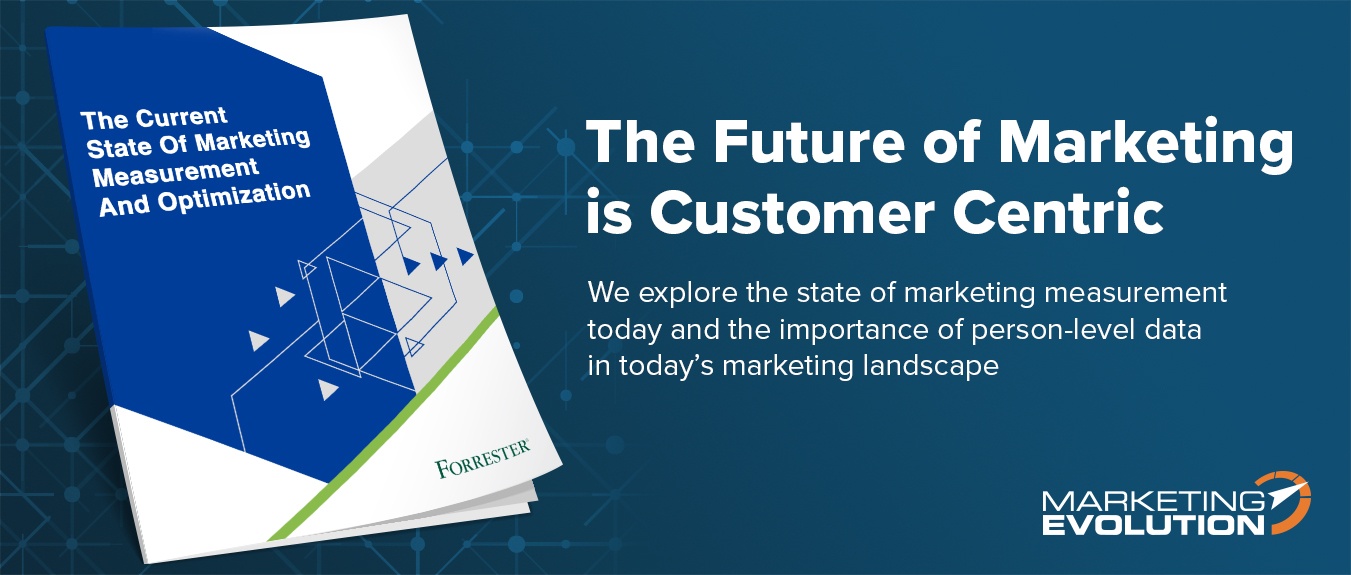Five Ways to Achieve Retail Marketing Campaign Objectives with Analytics
The growth of data-based insights in marketing is a challenge that has disrupted the retail industry. With a wealth of data being acquired from disparate sources, retail marketers may be at a loss with how to best utilize their data. However, once understood and controlled, data can provide a great opportunity for retailers to foster a competitive advantage. By using the right marketing analytics software combined with high quality customer data, marketers can make better informed strategic decisions to increase sales.
Analytics can be used to help build brands, create customer relationships, and more. Since using data correctly can transform retail initiatives, we’ve assembled a list of five ways that marketers can achieve campaign objectives using marketing analytics.
1. Refine Your Brand and Build Brand Awareness
First, brands should use data to ensure that their brand is resonating with their target consumers. This requires truly defining your brand’s purpose. Think about what your brand’s heritage, ethics, and values are. Then, use data to understand what motivates customers to make a purchase, and why they prefer your brand over competitors. Brand data can be collected in many different ways, such as customer surveys, loyalty programs, sweepstakes, and more. By leveraging this information and crafting a brand’s image around the desires of their target audience, organizations will be able to construct a strong brand that inspires an emotional connection with customers.
Once a powerful brand purpose and image has been adopted, brands should build awareness with potential and existing customers. At this point, it is important to use analytics to determine which channels of communication are the most accessible for the targeted market. For example, if a company would like to target college students, they should consider advertising on social media platforms, such as Instagram, that are widely used by students and put offline media near college campuses. When the ideal channels and vehicles for communication have been determined, create campaigns with slightly different messaging and measure them against each other. This approach, called A/B testing, will help to fine-tune the messages that your market would like to hear.
2. Create Customer Relationships
In today’s marketing environment, customers desire deeper relationships with brands – especially in the realm of retail. In a brick-and-mortar environment, store personnel should no longer be focused on keeping the store in order. Instead, personnel should focus on identifying customer needs, and selling them relevant products. Before employees can do this, its important to understand the intricacies of your customer’s behavior, and understand the most effective way to reach them based on their behavior. To make use of this person-level data, organizations should utilize a powerful analytics program that can compare granular behavioral data to overall market trends. Keep in mind that this customer data should be thoroughly vetted to ensure that the data is high quality and relevant. Otherwise, your organization’s understanding of customers could become skewed, leading marketing initiatives astray.
To continue to grow the customer’s relationship and create customer loyalty, perpetually justify your brand’s value. One way to do this is by continuing to execute on your brand’s determined purpose, which will create an image of integrity that customers will gravitate towards. Another way to grow relationships is to be aware of your customer’s desires. Identify what else your retail location could offer to better suit a customer segment’s needs. This insight can be gathered from customer surveys, customer interviews, or even analyzing factors that contribute to the success of a competitor with a similar market.
3. Identify and Retain High-Value Customers
High value customers are the lifeblood of any business. This is partially due to the Pareto principle, which explains that 80 percent of a company’s business is sourced from 20 percent of its customers. These customers create value either by spending a considerable amount of money over time, or by influencing others to purchase products from a brand. These high-value customers should be identified and segmented. Segmenting these customers will help your organization better understand their motivations and ensure that your organization is catering to their needs. High-value customers can generally be found by ranking the spending of all known customers from high to low value over the span of twelve months, and separating the top 20 percent of spenders.
Once these customers have been identified, use an AI-based analytical approach that leverages person-level metrics. This will allow your organization to track profitable customers and their preferences. By determining what these customers prefer and how they behave, your organization will be able to improve their messaging to this segment. As a result, conversions from high-value customers will increase.
Proper targeting and marketing will help your organization retain these clients. This is an important imperative – the US Chamber of Commerce estimates that acquiring a new customer costs 5 to 25 times more than maintaining the connections your organization already has. For high-value customers, the cost of replacing them with an equally as enthusiastic customer will certainly cost on the upper end of this estimate.
4. Increase Conversion Rates
Increasing conversion rates is another marketing challenge that can be solved with proper analytics. A small change in an organization’s conversion rate can result in a marked improvement to the organization’s ROI. This is because improving conversion rate doesn’t require an increase in the campaign’s budget, consequently lowering the cost to acquire each customer.
To improve your organization’s conversion rate, ensure that customers are receiving optimized messaging. Organizations should be ensuring the correct messaging is sent to the ideal consumer at the right time, in the right way. This should include ensuring the correct call-to-action (CTA) prompts are used to inspire action. For example, compare how consumers react to a CTA such as “Get Started,” as opposed to “Download Now.” If one prompt drives more clicks and conversions, utilize that prompt more often as a CTA.
To optimize conversion rates during instore visits, some analytics must be collected. First, be sure to implement location-based marketing analytics to help track a customer’s movement through a store. If a customer peruses items for an amount of time but ultimately leaves empty handed, the store’s management should begin determining why that happened. For example, imagine if a retailer experienced significant customer attrition during busy periods of the day. When evaluating other information about the store, management realizes that almost every staff member is no longer on the floor, but instead helping customers check out. As a result, management may conclude that more staff members are needed on the floor to assist shoppers by answering questions and finding the item they’re searching for.
5. Refine Understanding of Customer Journey
In today’s retail environment, customers want to be able to shop anytime, anywhere, and in any way. This trend, dubbed “ubiquitous shopping” by industry analysts, has been fueled by the prevalence of online and mobile shopping. Customers no longer need to visit in-store locations to shop – they can see ads anywhere during their day-to-day activities, and can be driven to purchasing without ever entering a retail store. 93 percent of executives believe that this change will be extremely disruptive, meaning that retailers must reevaluate their understanding of the customer journey. In the past, retail marketing was about attracting customers to walk through the store’s door. Since customers don’t need to enter a store to shop, retailers must react appropriately.
One way to understand the journey of your organization’s shoppers is to use leading indicators to create Key Performance Indicators (KPIs) for your campaign. Previously, it was the norm for organizations to use only lagging indicators, which are only available after a campaign has concluded. Some examples include information on income statements or balance sheets, as well as market share growth. By using leading indicators, which includes information like ad metrics, user experience data, and lead metrics, organizations can orient themselves towards what customers want at that very moment. This allows for real-time campaign optimization, which can allow your organization to better fulfill the momentary needs of customers. As these insights are collected, they can be used to create business models based on specific user needs and shopping styles.
Final Thoughts
To achieve retail success across an omnichannel environment, organizations must utilize analytics to make data-driven decisions. The right marketing analytics software can help engineer a brand that will create strong, loyal customer relationships. Marketing analytics software should also help with internal marketing-related goals, such as increasing conversion rates and understanding the journey of their customers. By using data to measure organizational objectives and optimizing campaigns where necessary, brands can create a strong competitive advantage.






















